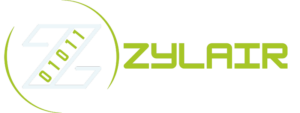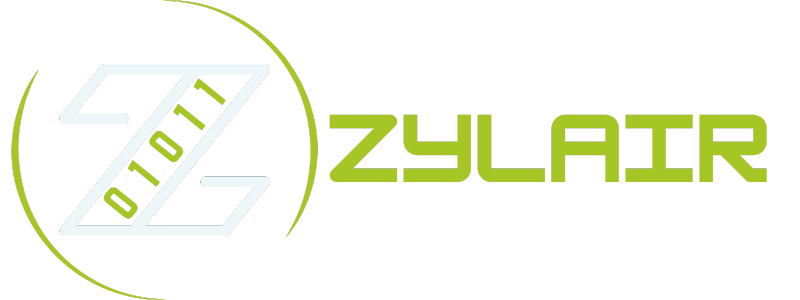The recurring headache: subscription fatigue in EHS systems
Let’s face it, as EHS managers, we’ve all felt the pinch of subscription fatigue. Countless systems promising seamless compliance usually come hand-in-hand with monthly fees and contracts that never seem to end. We start off enthusiastic, hopeful even, but ultimately find ourselves trapped within ongoing subscriptions—often filled with features we don’t use and, more depressingly, don’t really need.
In my own experience, managing multiple subscriptions was not only expensive but also complex. Logging into multiple platforms, each with its separate credentials and workflows, inevitably produced confusion and errors. It becomes reasonable to ask ourselves, “Isn’t this suppose to simplify safety, not complicate it further?”
The root of the problem was clear—dependence on expensive, subscription-heavy software. What I found genuinely lacking was a reliable, one-time investment in a compliance system that we could truly own—one designed exactly for our needs and built to perform without hidden fees or surprises down the line.
What the numbers say: the hidden costs of subscriptions
You’re not alone if you’re feeling the frustration. Recent industry research sheds light on just how widespread the subscription struggles have become. According to a report by Verdantix, approximately 45% of EHS leaders indicate dissatisfaction with their current subscription EHS software systems, citing escalating costs, hidden fees, and unnecessary complexity as their most pressing complaints.
Another troubling statistic I’ve found eye-opening is that organisations lose an average of $247 per employee annually on inefficient software subscriptions alone. Multiply this across your entire workforce, and the financial damage becomes genuinely staggering.
Moreover, subscription costs are projected to rise steadily at an average annual rate of 5-7% moving forward, according to SHRM. This trend is troubling, especially if your budgeting relies on predictable fixed costs. As a fellow EHS manager, I learned early that our budgets are better spent ensuring safety, enhancing training, or investing in meaningful risk reduction—not in overly complicated, ever-rising software subscriptions.
Breaking the cycle: automation as a no-nonsense alternative
I learned from experience that automation isn’t just a buzzword—done right, it significantly cuts through the subscription fatigue. And let’s be clear: we’re not talking about something futuristic or overly fancy. No robots roaming your floors (although visually appealing, admittedly). Rather, we’re talking straightforward, practical automation—one-off investments designed to simplify EHS workflows by automating routine tasks.
Why automation specifically? Because it directly addresses and reduces the human error and manual drudgery that subscriptions claim to alleviate but often fail to fully deliver. Processes such as compliance reporting, incident tracking, audits, and inspections, previously complex and subscription-dependent, can be simplified dramatically.
Through intelligent automation, the data you already produce daily—inspection logs, incident reports, audit findings—can be efficiently collected, processed, and acted upon, eliminating countless scheduled tasks previously performed manually. From personal experience, implementing automation made our operations simpler, reliable, and most importantly—ours. It freed up budget, secured predictability, and reduced uncertainty.
Real-world automation: practical workflows you’ll probably want to copy
I understand, automation can sound complicated—something distant and difficult to achieve on your shop floor. However, I’ve found that practical applications are simpler and more impactful than you might think. Here are real-world scenarios we’ve successfully automated that transformed our EHS performance:
1. Automated Compliance Reports: Before automation, preparing monthly regulatory reports involved collecting data from numerous sources manually. It was tedious, error-prone, and resource-heavy. By moving to an automated system designed specifically for compliance and regulatory standards, we reduced a formerly multi-day process down to mere minutes. Scheduled emails now arrive with complete, accurate documentation ready for immediate review or filing.
2. Incident Logging and Action Assignment: Automation allowed us to eliminate inconsistent manual logs and spreadsheet madness. Employees can submit incident reports directly into a customised workflow, which immediately assigns actions and responsible parties based on preset company guidelines. There’s no chasing emails nor lost follow-ups—automation ensures proactive handling and timely closure, every single time.
3. Pre-inspection and Audit Scheduling: Audits and inspections used to catch us scrambling at the last minute. Now, our automated scheduling tool reminds responsible staff in advance of tasks, follows up regularly, and escalates notifications when needed. What’s most interesting, automation generated a notable culture shift—employees repeatedly express appreciation at the clear visibility and straightforward accountability these workflows deliver.
4. Equipment Maintenance Checks: Traditionally involving hours and checklist after checklist, maintenance schedules were an ongoing pain. With automation, we’ve set intelligent triggers and alerts based on real equipment usage data or elapsed time intervals. Rather than “maintenance guesswork,” we now rely on concrete, data-driven insights to perform essential checks exactly when they’re due—no more guesswork, no more redundancy.
The impact from these changes on our team—both operationally and financially—was immediate and overwhelmingly positive. Furthermore, we genuinely owned our process. There were no sudden subscription increases, no hidden catches—just straightforward, practical solutions that we controlled fully.
If you’ve been in this business long enough, you know there’s no magic bullet in manufacturing or safety management. Still, practical automation gets pretty damn close—especially when embraced as a genuine alternative to subscription fatigue.
Take it from someone who’s been there; automation secures efficiency, removes ambiguity, and lets us reinvest our resources where they truly count—improving the daily safety and operations of our workplaces. And perhaps most satisfying of all? We finally owned our EHS solutions outright, no strings attached.




